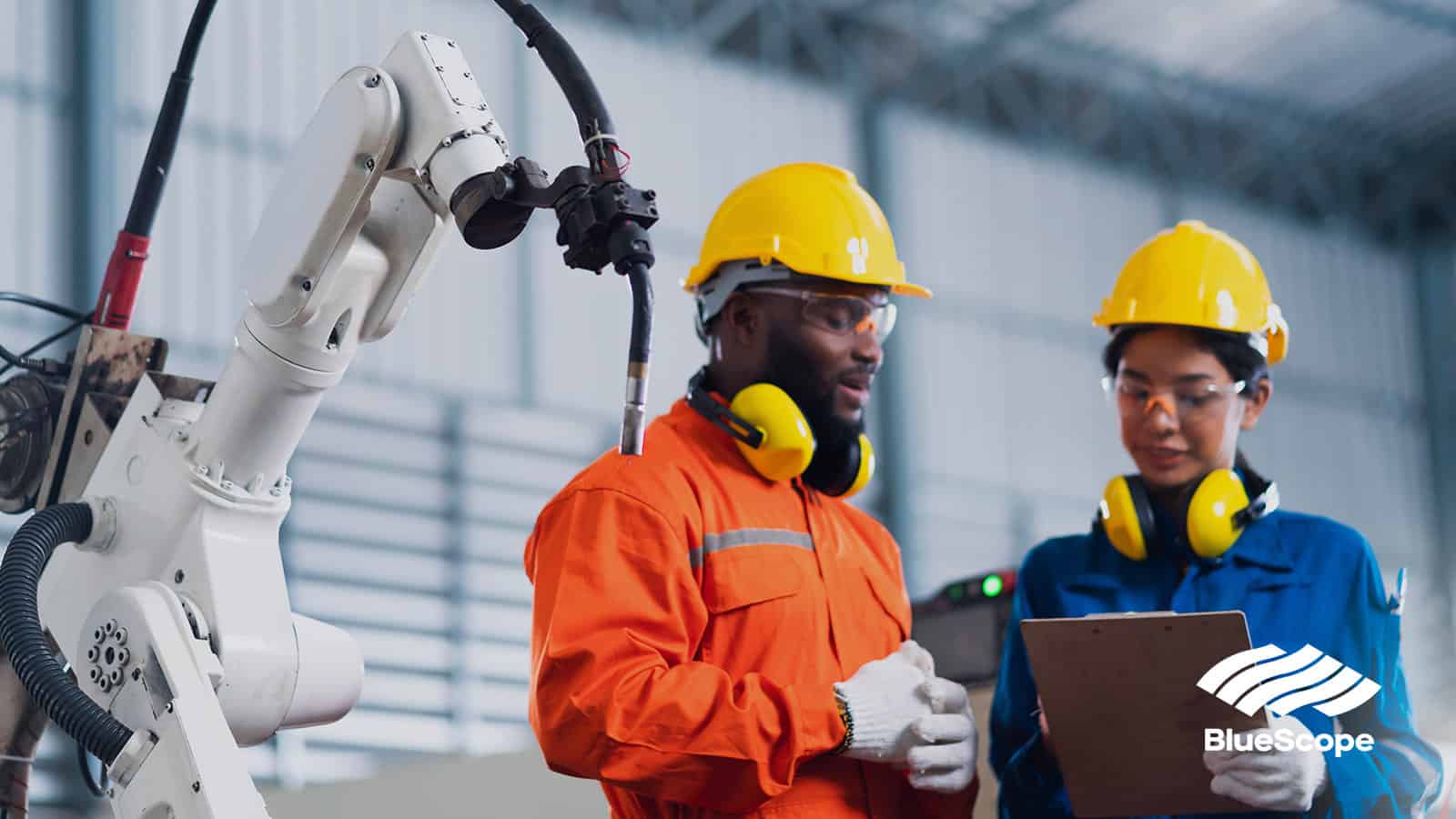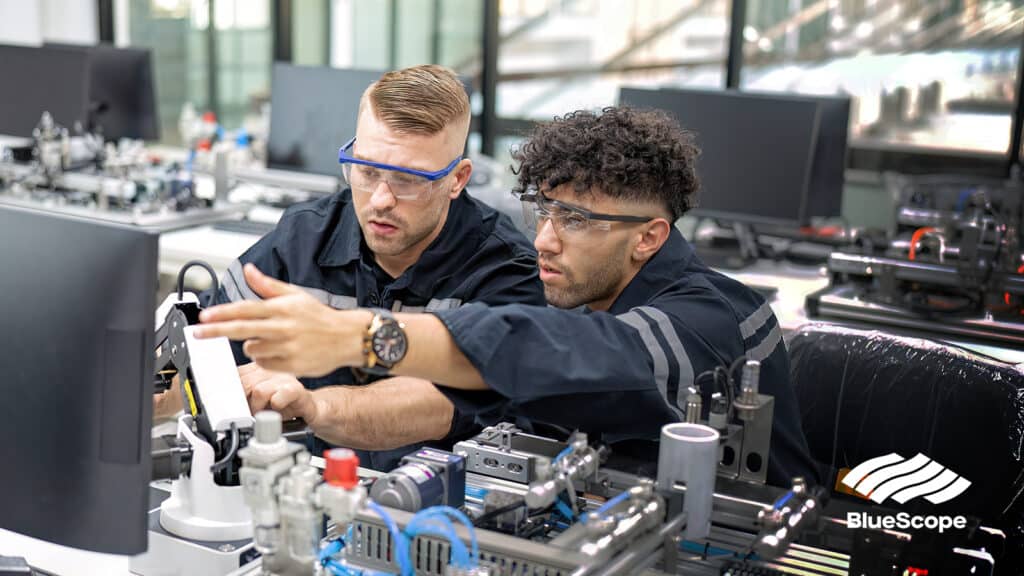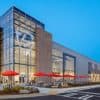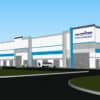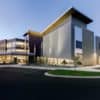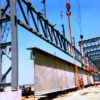The construction industry is at a tipping point.
From supply chain and labor shortages to sluggish adoption of (or even resistance to) digital transformation, it is time for the sector to rethink how buildings are designed and constructed, says BlueScope Buildings North America and its venture arm BlueScopeX.
To address challenges like these, they have launched the Buildings of the Future Accelerator program, which calls on start-ups and founders from a variety of backgrounds to build, test, and trial technologies that can help evolve how non-residential buildings are constructed.
Ultimately, the accelerator’s goal is to improve the efficiency and productivity of the construction process, while producing more sustainable environments (bonus points if these innovations come from outside the construction industry).
Buildings of the Future is focused on four innovation verticals: advanced robotics and AI, sustainable and smart building solutions, integrated building solutions and customer experience solutions.
Here are some of the questions the accelerator is exploring.
1. How can advanced robotics and AI speed up production?
Imagine a construction scenario where robots or machines enable builders to install insulated panels faster, safer, and more accurately.
There are a variety of ways advanced robotics and artificial intelligence (AI) can make non-residential construction more efficient. For instance, using AI to drive faster production of non-repetitive welded steel products, says Ryan Richardson who supports innovation and sustainability at BlueScope Buildings.
“Robotics can do welding, but it hasn’t been a real benefit to us unless the technology is smart enough to analyze each unique beam and understand how that beam needs to be welded,” says Richardson.
Optimization solutions like these could improve the efficiency of not just the building process but the construction industry as a whole, he says.
2. How can we further reduce construction’s carbon footprint?
Opportunities to decarbonize the non-residential building industry are everywhere. Especially if you’re willing to think outside the concrete box.
Aurora Jensen of Brightworks Sustainability works to reduce CO₂ emissions associated with buildings. And she sees opportunity in alternate materials that are more sustainable and perform like concrete (which is tricky to decarbonize due to the high heat processes used to produce it).
Take steel, for instance, which “will be increasingly favored over other materials in overlapping applications with less circular and less carbon-neutral potential,” says the World Economic Forum.
Then there are sustainability solutions that benefit operations as well, says Jensen. “You might think about opportunities for waste heat — so sharing excess heat or excess cool between buildings.”
Or the creation of batteries that have a smaller carbon footprint, because they “generate their power saving potential by chemical gradients, instead of the way that most of our common batteries operate,” she says.
3. How can integration boost productivity in construction?
Fragmentation and traditional silos among key stakeholders in the non-residential construction process make it “very difficult to be truly productive,” says Dan Kumm, senior director of business insights at BlueScope Buildings.
Which is why the accelerator team is looking for products that can help traditionally independent trades work together to enhance speed of delivery, production, and operations.
For example, one solution that could be explored is integration of electrical lighting with structural steel members at a manufacturing facility, says Kumm. The combined product could then be delivered to a construction site, ready for quick installation.
As a result, when a steel building is erected, all the conduit and wiring for the lighting would already be in place, he explains.
There are also a variety of other integrated solutions that could impact multiple elements of the building process, simultaneously. Brent Trenga of Kingspan Group, shares a few key areas of the construction process that would benefit from greater integration:
- Utilize a system approach when designing buildings that is passed on digitally to a manufacturer — so there’s less drafting and subsequently, less human error.
- Integrate more robotics and technology into onsite fabrication and assembly processes for greater efficiency.
- Create an integrated ecosystem or supply chain of trades and products that focus specifically on building deconstruction.
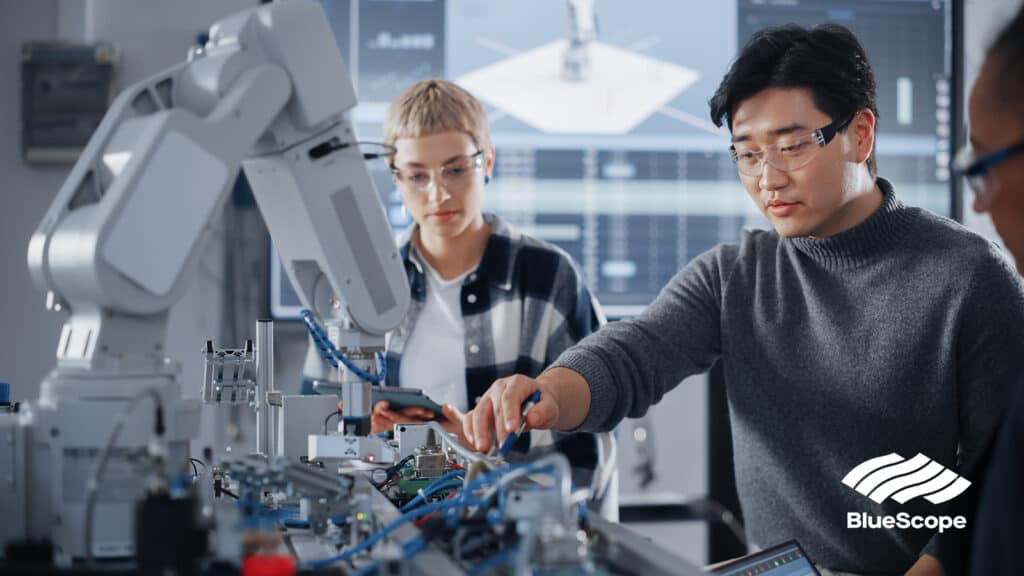 4. How can we use data to enhance customer experiences?
4. How can we use data to enhance customer experiences?
ThinkLab founder and president Amanda Schneider is a big fan of data, which the construction industry has plenty of. What’s missing though, are actual insights delivered in an easy-to-digest, understandable and usable format, she says.
“We need to visualize data and insights in a way that we can put them into action fast,” Schneider says. “We live in this Amazon era, and no one has extra time. This is a headline era where people aren’t going to read a 32-page report.”
The question we should be asking is: “How can the industry aggregate data into usable information that can be applied to change how we build?” Schneider says.
Entrepreneurs who have earned a spot in the accelerator program might want to explore tools that empower in-the-moment understanding, not hinder it — after all, “what’s the benefit of data if you can’t visualize it in a way that helps others put insights into action?” she notes.
Buildings of the Future program details
The Buildings of the Future accelerator program is underway now.
Selected participants will pitch their concepts in person at Massachusetts Institute of Technology (MIT) on June 14, 2023, in collaboration with the MIT Startup Exchange.
In addition to pitch opportunities, the overall winner of the accelerator will be awarded $100,000 USD of non-dilutive capital with no strings attached.
Learn more about the program here.




